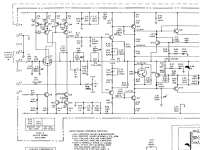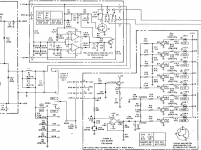TDA2050/LM1875 Project - Oscillation issues
- By Littlewyan
- Chip Amps
- 56 Replies
Hello all! After building valve amps over the years I decided to delve into solid state and rebuild an old project of mine. It was an amp I built back when I barely knew ohms law! It was to have a standard TDA2050 PA with a simple preamp that had good tone controls. No distortion, just a nice clean flexible amplifier.
I built the PSU and PA boards, they worked perfectly. I breadboarded the preamp and that too worked nicely (although very noisy, but it was on a breadboard!). I then built the preamp board and assembled the amplifier.
On first switch on it would oscillate all the time, no matter what I did. The oscillation seemed to be in the preamp but I couldn’t pin it down, it seemed to be everywhere, I could even see it on the scope when probing the ground points! (Which all measured 0.1Ohms or less). I moved the volume control ground to the PA board and the issue was solved, except it would sometimes return if I turned up the volume past 7 and this is without any signal on the input.
Unfortunately whilst trying to solve the oscillation the TDA2050 chip went bad and no longer works. Which I find a bit odd as even though it was oscillating it was only drawing 400mA. I have an LM1875 on order to replace it, but wondered if anyone here had any ideas about the oscillation? The preamp board tests fine by itself and the PA board did. The only change I made between testing and assembly was the feedback on the TDA, I went from 22K/1K to 18K/1K. That’s still 25dB of gain though and within spec for that chip I believe.
Any ideas would be most welcome 🙂
I built the PSU and PA boards, they worked perfectly. I breadboarded the preamp and that too worked nicely (although very noisy, but it was on a breadboard!). I then built the preamp board and assembled the amplifier.
On first switch on it would oscillate all the time, no matter what I did. The oscillation seemed to be in the preamp but I couldn’t pin it down, it seemed to be everywhere, I could even see it on the scope when probing the ground points! (Which all measured 0.1Ohms or less). I moved the volume control ground to the PA board and the issue was solved, except it would sometimes return if I turned up the volume past 7 and this is without any signal on the input.
Unfortunately whilst trying to solve the oscillation the TDA2050 chip went bad and no longer works. Which I find a bit odd as even though it was oscillating it was only drawing 400mA. I have an LM1875 on order to replace it, but wondered if anyone here had any ideas about the oscillation? The preamp board tests fine by itself and the PA board did. The only change I made between testing and assembly was the feedback on the TDA, I went from 22K/1K to 18K/1K. That’s still 25dB of gain though and within spec for that chip I believe.
Any ideas would be most welcome 🙂

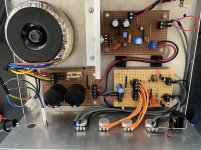
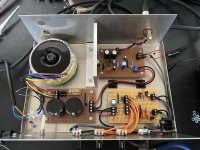
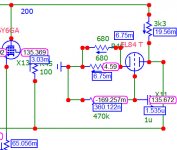
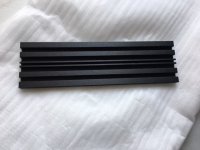
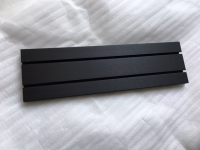

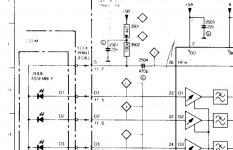
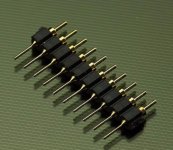
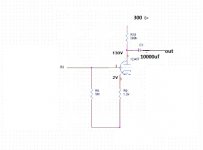
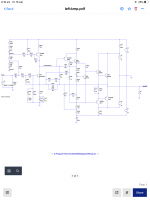
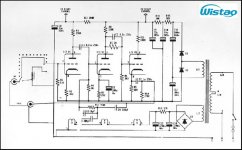
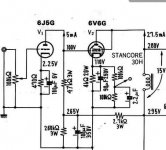
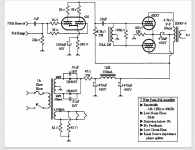
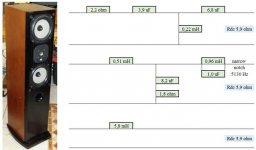
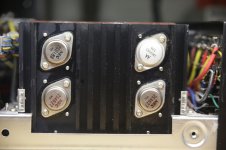
![IMG_3675[1].JPG](/community/data/attachments/866/866966-b5ca1051338714bef71d85fbfbfeeb56.jpg?hash=tcoQUTOHFL)
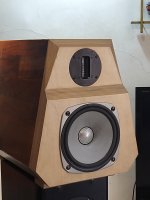

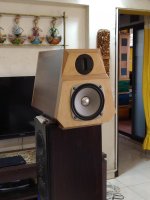

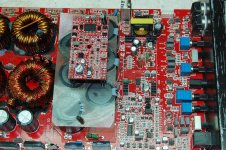
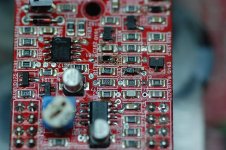
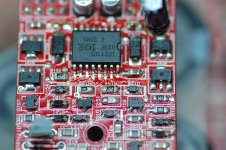
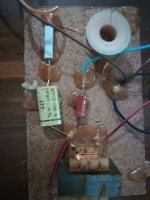

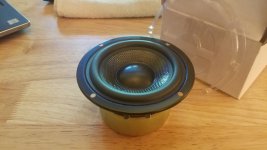
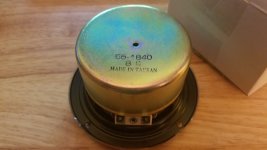
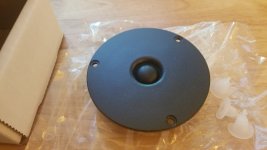
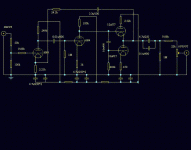
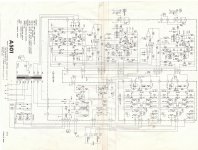
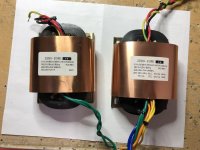
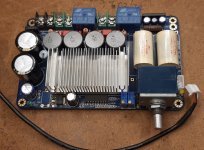

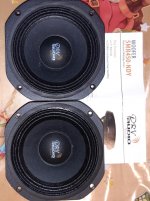
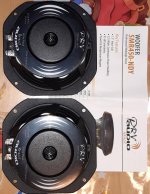
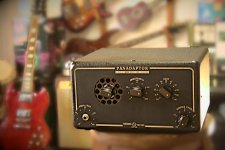
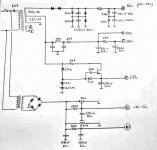
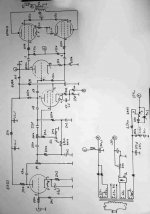
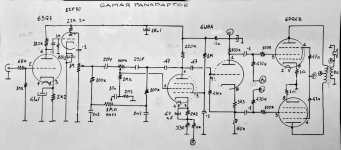
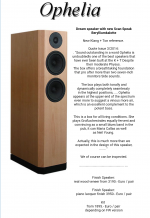
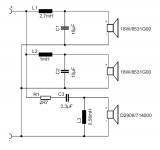
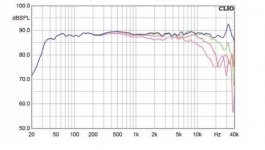
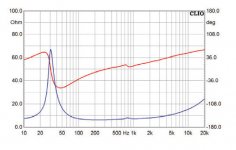
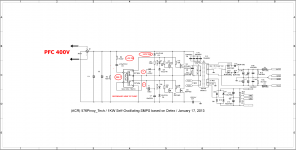

 However, upon a short test (very low bias) with music...this channel sounds like pure crossover distortion (quite awful). Other channel is great.
However, upon a short test (very low bias) with music...this channel sounds like pure crossover distortion (quite awful). Other channel is great.